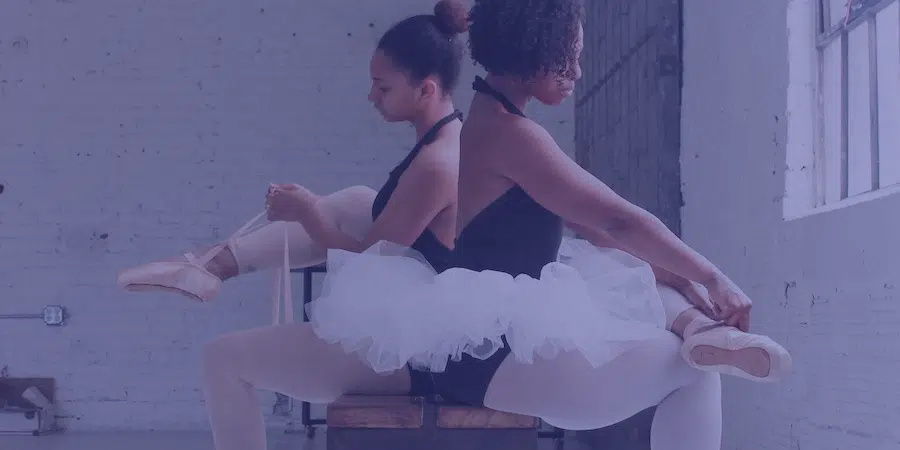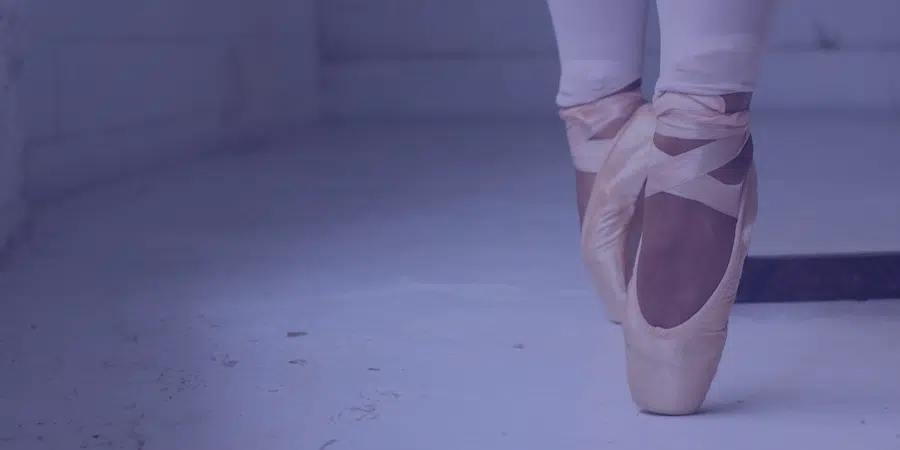Opening a dance studio is a lifelong dream for many dancers. With a solid business plan and realistic expectations, you can make turn your dream into a reality. Before you take the first leap, here’s what to consider when it comes to the cost of running a dance studio.
How Much Does It Cost To Run A Dance Studio?
Your projected costs will vary widely, depending on your location, the types of classes you want to offer, the size of your studio, and more. However, Entrepreneur Magazine estimates that most studios can expect $10,000 to $50,000 for typical start-up costs.
Where will that money go? These are the largest expenses to plan for when starting up a studio.
1. The studio space itself and utilities
Your biggest cost will likely be for the studio itself. First, decide whether you want to buy or rent your studio space. Your finances and location will help you determine the best option. Either way, you’ll be spending money on rent or a mortgage.
As you look for the perfect space, think about important factors like location and size. You want a studio that is big enough for the amount of classes you plan to offer. Plus, it helps to be in a location that is easy for people to find with plenty of parking.
2. Utilities
Be sure to plan for the cost of utilities, as well. Research providers in your area and get estimated monthly costs for the size of your space.
Note also that older buildings may be in great central areas, but cost more in terms of heating or cooling.
3. Setting up the space
Creating the perfect atmosphere for your classes is essential, which is why it also makes up a large part of your start-up costs.
For a dance studio, your flooring will be one of the most important investments within your space. While you want to stay within your budget, the safety of your dancers should be your top priority. Going with the cheapest option could lead to injuries. Further, poor quality flooring simply won’t last long. With routine maintenance though great floors can last up to 15 years.
If not already in the space, air conditioning and heating systems are another big part of setting up your studio. You need to provide a comfortable environment for your dancers at the right temperature, regardless of the weather outside.
4. Equipment
There are certain elements of a dance studio that new and veteran dancers alike expect to see: full mirrors, a ballet barre, and even straps.
A barre is important even if you don’t plan on offering ballet classes. Barre exercises promote strength and endurance, and improve flexibility and posture. If you’re concerned about costs, portable barres are much more affordable than wall mounted ones. Mirrors are also a must for any dance studio, regardless of the classes you plan to offer, as floor-to-ceiling mirrors allow your dancers to check their form.
In some cases, aerial straps are an important addition for certain types classes, as well as stretching. If you plan to offer fitness-style classes, consider any additional costs for the equipment used in these classes.
5. Teacher compensation
Labor is a major cost of running a dance studio. If you’re worried about the cost of paying teachers, especially in the beginning, try to teach as many classes as you can.
Once you’re comfortable with your budget and ready to hire, you’ll need to develop a compensation plan. There are typically two ways of paying dance teachers. Some studios prefer to pay an hourly wage, and others pay a certain dollar amount per student, per class (for example, $9.00 for every student in the class that day).
No matter how you decide to pay your teachers, remember there are minimum wage requirements that vary from state to state, and even across cities. Likewise, you’ll want to be a competitive employer in your area, so it pays to match what other studios are offering nearby.
6. Administrative roles
The amount of work that needs to be done in a popular dance studio will pile up fast. For this reason, you shouldn’t try to take on every task necessary for maintaining your studio. Calculate the cost of labor early on to figure out how it will factor in to your studio’s budget.
Consider, who will keep your studio clean? This includes your dance floors and mirrors, as well as the bathrooms and lobby area. Some studios offer reduced rates to students who help out with these tasks, while others hire outside help.
Next, who will be the first person that students see when they enter your studio? A friendly administrative employee at your front desk can keep things organized and act as a helpful point person to answer questions for your students and their parents. You can hire one person to manage this, or ask your teachers to do this before or after their classes.
7. Owner’s salary
While you probably want to open a dance studio because it’s your passion, you still have to get paid.
Determine how much you are comfortable living on, and use that information to determine your salary. While your pay is usually the first thing to be affected when unexpected costs arise, it’s still important to create a successful studio that provides you with a livable income that increases over time. Include any partners in your calculations as well.
8. Management software
The right technology can make life as a business owner a lot easier. The best dance studio software options keep your classes and financial information organized.
Dance studio software should offer the following benefits:
- Online registration and class enrollment
- Billing and invoicing
- Online payment options, including one-time and monthly features
- Instructor time sheets
- Reminders and notifications for students
- Email marketing that you can customize for your brand
- Extra tools that match your studio’s needs, like competition or costume management
In addition, find a software provider that delivers excellent customer service. If you don’t understand something about your new software or an issue arises during a hectic day, you’ll need to be able to contact someone immediately to help you fix your issue.
9. Insurance and licensing
Insurance is necessary for dance studios. Your liability protection must cover all students, instructors, guests, and events held in the building. It should also include coverage for your studio in the event of a fire or natural disaster.
Further, every state has different licensing requirements for a range of industries and businesses.
For both of these, it’s important to work with a professional who is highly-skilled in these matters. For insurance, talk with a provider in your area or ask your professional network for referrals. Speak with a business law attorney in your area to find out what is required of you and how much any licensing, permits or other legal fees will cost.
10. Marketing
Getting students into your studio is critical, especially when you’re new in town. By developing a strategic dance studio marketing plan, you can make the most out of your resources and maximize growth in your area.
Even a small marketing budget can help you in a big way, as your efforts will build over time. Track the results of those efforts and analyze what’s working and what’s not working to ensure you’re putting your marketing dollars in the right place.
Learn More About Running A Dance Studio
Owning a dance studio requires much more than dance knowledge. You’ll be running a small business, which means managing finances, employees, marketing, and more. Thankfully, balancing these tasks requires flexibility and a bit of creativity, which you likely already have in abundance. And, custom tools and software can greatly reduce your day-to-day tasks.
The Studio Director can help. We offer dance studio software solutions for dance studio owners, with web-based and mobile options. With The Studio Director, you can manage billing, class schedules, costume management, and more.
Interested in learning how we can help you get back to dancing? You can try out The Studio Director for yourself with our FREE 15-day trial or contact us today to see how we can simplify the business management of your studio.




